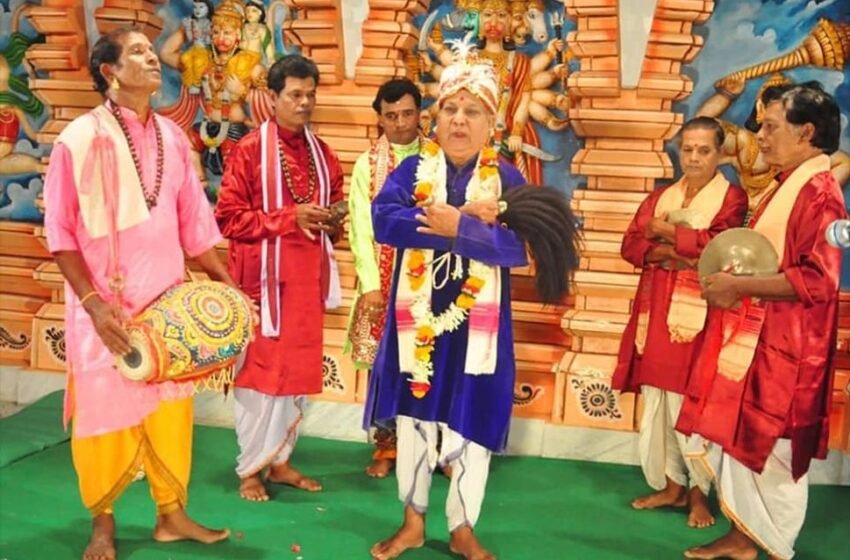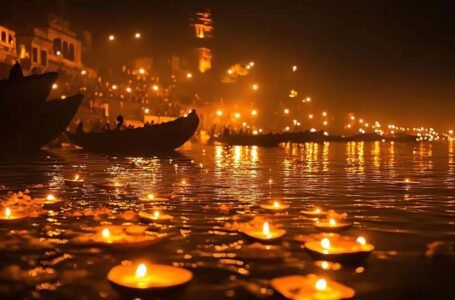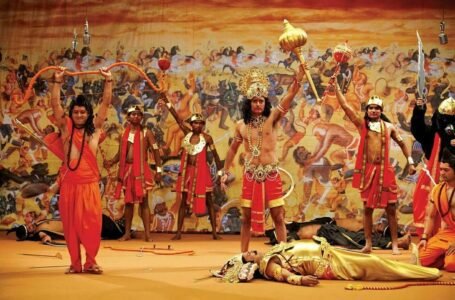The Enduring Beauty and Challenges of Pala: Odisha’s Narrative Folk Music

Pala: An Innovative Folk Music Tradition of Odisha is an enchanting, arresting study of the cultural treasures of Odisha, India, through a narrative folk music with elements of both mythology and folklore woven seamlessly with the beauty of its authentic musical expression. An innately thick-boned cultural phenomena of entertainment and moral/professional instruction has been used for entertainment and religious enlightenment for hundreds of years. However, Pala’s attraction and cultural importance could hardly help it becoming an almost forgotten gem in the modern world of neon-lit entertainment and computer-gaming. This blog post discusses how Pala began, its manner of presentation, representation in culture and the present problems that has encumbered it.
A Glimpse Into History: Origins of Pala
The genealogy of Pala can be sourced to the ancient Odisha which is considered as land of spiritualism and multiculturalism. Pala was earlier used with the purpose of enacting out stories from the Hindu mythology, the Puranic legends and the great epics the Mahabharata and Ramayana. One function it played was that of informing communities of moral and ethical conducts. The word “Pala” comes from “Pali” that tentatively translates to a religious chant or literally a performance aimed at praising the gods. Compared to the previous stages, the art of narrative among the populations of the Pala state became refined gradually and was turned into an art of fine musical drama.An average show by the Pala is a combination of singing and dancing and playing of instruments, recitation, and acting. The most important part in the performance is the main narrator called Gayaka, whose main goal is to tell the story with style, passion and pace. The Gayaka is backed up by other performers called the Palia who sing in a chorus, supplement the story, and provide music with the mardala, a drums type, a bells type, and manjira, which is cymbals type.
Usually the performance starts by paying initial offerings in form of prayer to Lord Jagannath, the deity of Odisha. The Gayaka then presents an account of the particular narrative which invariably relates to gods and goddesses, heroes and round throated characters along with the moral themed dilemmas. The main events are depicted in a miniseries of carefully customized dialogues, smooth musical interludes, and episodes of humor. Pala performances are not mere readings but the enactment of the various artistic sayings wherein performers use their body features such as their face and hands to tell characters and events.
Mythology Meets Folklore: The Soul of Pala
What distinguishes Pala from other styles of storytelling is that myth and folk-tale are of a piece or one with the other. The basic themes and plots in the recited and performed epics are mostly extracted from religious scriptures but are told along with popular local legends, exempla, proverbs, and folktales familiar to the audience. For instance, an episode in Mahabharata may be used with the village, river or customs of Odisha – Such a combination would result in a Cultural Odia Synthesis.
The mixing of mythology and folk culture in Pala has got two objectives. First of all, it Translates sacred knowledge for those lay people with little education or no knowledge of Torah and other scriptures. Second, it promotes regional culture and people’s pride since it makes general curricular concepts contextual. This integration guarantees that Pala is more than the revamped Egyptian mythology although its initial creation is based on such mythological foundation: Pala is the art that is alive and constantly developing together with the people.
The Musical Essence of Pala
Music can be considered as lifeblood of the town of Pala. The story told by the Gayaka has several fascinating musical motifs and expressive rhythmic intonations heard by the listeners. For the most part, the instruments are central to setting up the right mood. The mardala gives an almost staccato beat which rises and falls like the ebb and flow of the narrative; the manjira gives a light, metallic ring wich adds the light. And the ghanta has the capacity to emit deep resonant chime that teaches of divinity. Let discuss the vocal part of Pala which is also interesting as the instrumental part of the show. The Gayaka moves through all four vocal octaves and philosophical states of mind: despair and hope, fear and courage, agony and ecstasy, and innocence and experience. The chorus helps to reinforce this, it piles depth upon depth to the music. Both parallel and combined, and both the vocal and instrumental components create an instant journey into the world of the story.
Pala’s Role in Society
And entertainment has always meant and was more than merely an entertainment in the case of Pala. In the past it was a strongly effective means of uniting the society and passing the information. Euphony was danced in roadside temples, village greens, or meetings and assemblies regardless of caste, color, or birth. Often complicated moral and ethical imperative so woven into the simple weavings of the fables of this ingenious storyteller that the child is able to learn how to live a good life.
Even in the rural area of Odisha it engaged itself in preserving and presenting the features of Oratorial tradition with Svara Pala. Since, during the reign of Pala inadequate number of written texts was available, the legacy of India’s diverse and spiritual culture was preserved through the oral tradition by Pala. It also performed the function of social critiquing by presenting themes such as unfairness, embezzlement as well as degeneration.
Threats & the risk of Decline
Nowadays, Pala is one of the INDs most famous artistic creations, but it remains unclear what will happen to it in the future. Electronically media and urbanisation have found the audiences shifting their interests and the young generation losing patronage. The usual locales for Pala performances such as public assemblies and temple precincts are fading rapidly and so is Pala.The second problem is that there is no institutional support for the craft. Even the attempts to document and support Pala are occasional and very few of them can boast significant financing. This forces many performers to seek other means of income making, hence the slow decline rate of the practitioners. The complexity by which one can be trained to perform Pala which is a combination of singing, storytelling and acting also discourages new talents.
Reviving Pala: A Call to Action
The preservation of Pala can only be made possible through cooperation of many stakeholders such as the cultural associations, schools and government. Recording performances, developing educational courses for the young performers, organizing the use of Pala as performance art in schools may be effective in reigniting interest in this type of art. People can also be reached online and it will help to present Pala for young people as well as show that the masterpiece is still relevant.
Pala: A Narrative Folk Tradition of Odisha
Pala, a unique narrative folk music tradition of Odisha, is a remarkable blend of mythology, folklore, and spirituality that has been captivating audiences for centuries. Rooted in the cultural ethos of Odisha, Pala serves as both entertainment and a medium of moral instruction, often performed during religious gatherings, festivals, and social events. This tradition combines vocal and instrumental music with theatrical storytelling, creating a rich tapestry of performance art that resonates deeply with its audience. Unfortunately, this art form is now fading, largely due to the advent of modern entertainment and changing cultural priorities, making it imperative to shed light on its significance and the trailblazers who have kept it alive.
The term “Pala” derives from the Odia word “Pali,” meaning a turn or rotation, symbolizing the alternating roles of singers and narrators in the performance. A typical Pala performance features a “Gayaka” (lead singer) and his team, known as the “Palia,” who assist with choruses and instruments like the “mridangam” (a percussion instrument), harmonium, cymbals, and conch shells. The Gayaka, dressed in traditional attire with a distinctive turban, serves as the storyteller, weaving mythological tales from epics like the Ramayana, Mahabharata, and Puranas with local folklore and social messages. The performances are marked by their dramatic presentation, complete with witty dialogues, rhythmic singing, and expressive gestures, engaging the audience in an immersive cultural experience.
Several pioneering figures have significantly contributed to the evolution and preservation of Pala. Prominent among them is Balakrushna Dash, often referred to as the “Gayaka Shiromani” (Crown Jewel of Pala Singers). His innovative style and unparalleled mastery of the art elevated Pala from a rural tradition to a celebrated performance art, drawing audiences beyond Odisha. Another notable name is Gokulananda Das, who infused Pala with themes of social reform, addressing issues like caste discrimination, education, and women’s empowerment through his narratives.
Pala is more than just an art form; it is a cultural archive that preserves Odisha’s oral traditions and imparts ethical and spiritual values to its audience. The themes often revolve around devotion, morality, and human virtues, aiming to educate the masses in an engaging manner. Its use of humor, satire, and relatable anecdotes adds layers of appeal, making it accessible to people of all ages and backgrounds.
However, the survival of Pala faces significant challenges today. The rise of digital media and modern entertainment platforms has overshadowed traditional art forms, reducing the opportunities for Pala performances. Younger generations, drawn towards contemporary lifestyles, often perceive it as outdated. Moreover, the lack of institutional support, funding, and proper documentation further threatens its continuity.
To revive Pala, there is an urgent need for collective efforts from cultural organizations, government bodies, and individuals. Introducing Pala into educational curriculums, organizing festivals, and using digital platforms to showcase performances can help bridge the gap between tradition and modernity. Additionally, recognizing and honoring the contributions of Pala artists will encourage the younger generation to take up this art form, ensuring its legacy for future generations.
Pala stands as a testament to Odisha’s vibrant cultural heritage, and its preservation is not merely an artistic endeavor but a commitment to sustaining the soul of a community’s history and values.
A Treasure Worth Preserving
The practice of pala is beyond a mere narrative of folk music; it is the capture and documentation of a historical culture of Odisha, and a display of abundant artistic creativity. Because it can merge mythology and folklore, and music and narration, it is one of the most valuable losers of Indian history. That is why no matter how hard the challenges put in front of Pala may be, the inherent value of its beauty and functionality make it a gem which should not and will not be lost. If this is realized and appreciated adequately, proper measures are followed to make sure this type of art will remain useful for generations to come.


